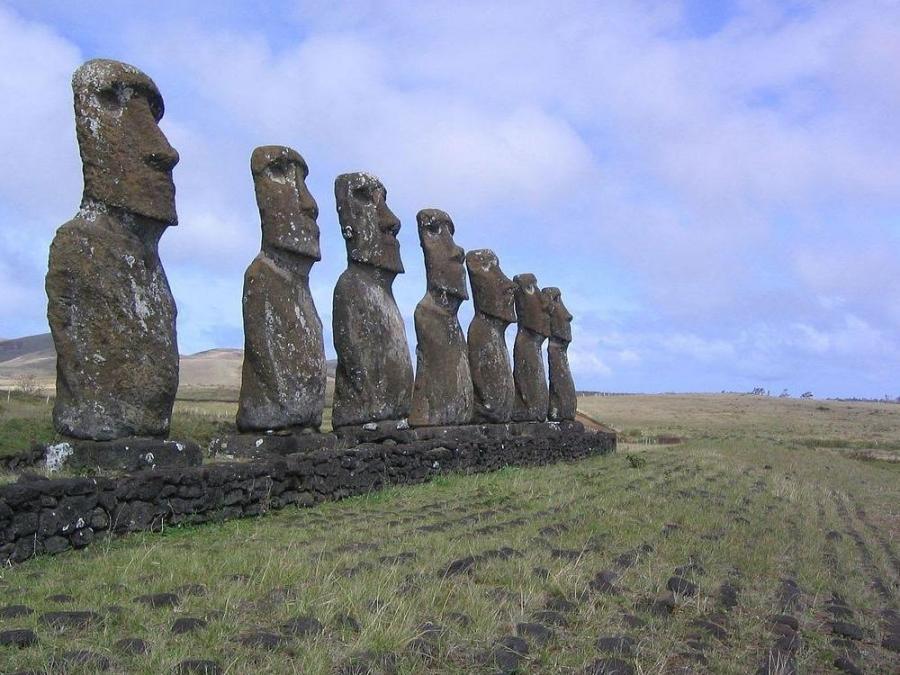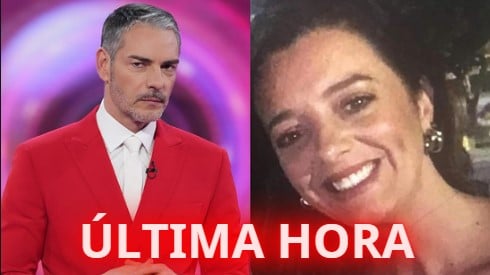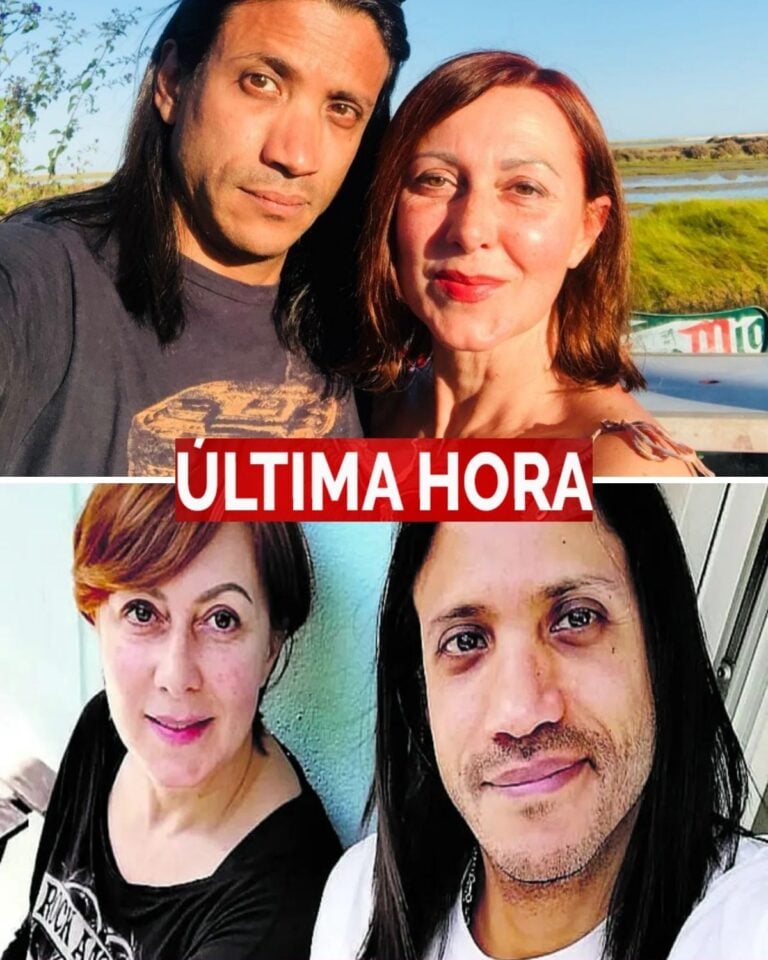What began as a devastating wildfire on Rapa Nui (Easter Island) in October 2022 has turned into one of the most unsettling archaeological discoveries of the century. As flames tore through the island’s parched terrain, they scorched the base of several of the island’s world-famous Moai statues, exposing what lay hidden for centuries — and what scientists found beneath them has left the world both fascinated and deeply uneasy.

While the Moai have long been considered monuments to honor ancestors, recent excavations following the fire have revealed something far darker. Beneath the charred ground, researchers uncovered sealed chambers containing mineralized human bones, shell beads, and traces of red and black ritual pigments — unmistakable evidence of ancient funerary practices. Incredibly, some of these remains appear to have been incorporated directly into the statues’ construction, suggesting that the Moai were not merely representations of ancestors, but literal vessels for their spirits.

The implications are staggering. For centuries, scholars believed the Moai were carved to channel mana — the spiritual energy connecting the living and the dead — through the statues’ towering forms. But this new evidence suggests something even more profound: the statues themselves were built around the bones of the dead, creating a powerful fusion of body and stone. In essence, the Moai may not just represent the ancestors — they may contain them.
Lead archaeologists have described the discovery as “unlike anything seen in Polynesian archaeology.” Dr. Helena Tapiri, who leads the research team, stated:
“What we’re seeing redefines everything we thought we knew about Rapanui spirituality. These statues weren’t inert monuments — they were alive to the people who built them.”

However, the discovery has also sparked intense ethical debate. The Rapanui community, who still regard the Moai as sacred guardians, have voiced deep concern about the excavations. Following the exposure of the burial chambers, local elders requested an immediate halt to digging, citing the need to preserve spiritual balance. A cleansing ceremony was performed at the site — the first of its kind in decades — to “reawaken” the ancestral spirits that had been disturbed.
For scientists, this presents a haunting paradox: to study the past, they must risk angering the very spirits who built it. The find also forces a reexamination of how modern archaeology approaches indigenous sacred sites — where science, culture, and faith collide in powerful, often uncomfortable ways.
What lies beneath the remaining Moai remains uncertain. Many now wonder how many more of these towering figures conceal human remains — and whether disturbing them could bring unforeseen consequences.
The wildfire may have been an accident of nature, but it has unearthed a truth that feels almost supernatural. The Moai are not silent stone faces staring out to sea — they are living monuments of flesh, bone, and spirit, guarding the island’s mysteries across centuries.

And now that those secrets have been disturbed, one question lingers in the minds of scientists and locals alike: what happens when the ancestors wake?





